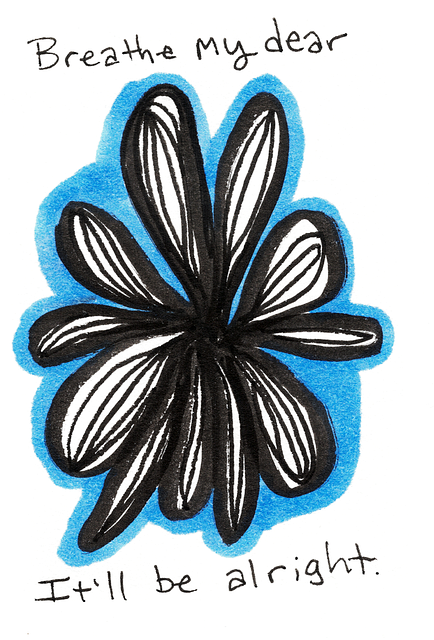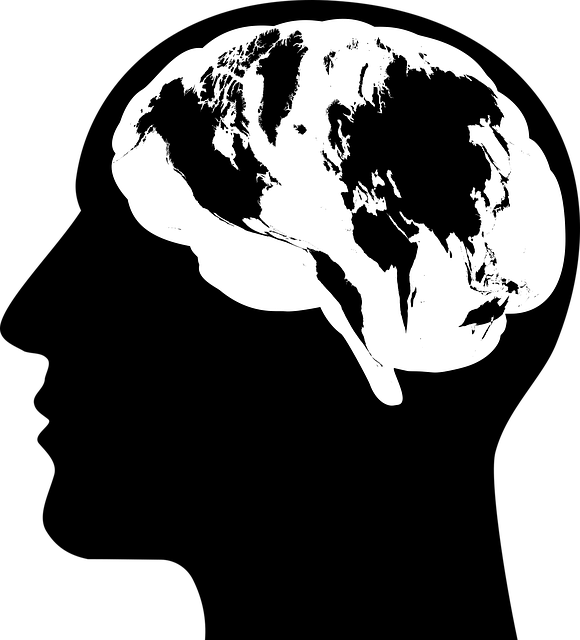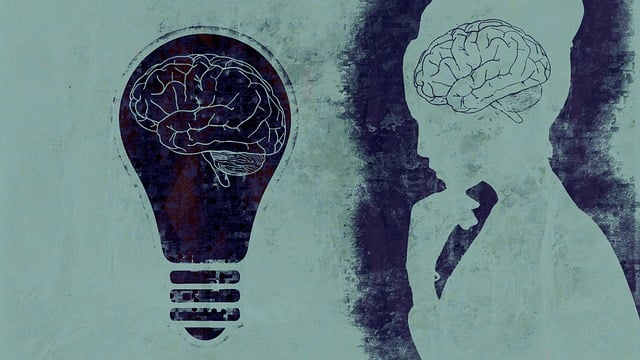Mental wellness apps for disorders like OCD and GAD should focus on accessible, personalized therapy integrating CBT, mindfulness, progress tracking, and early intervention. Targeting specific demographics through tailored messaging and features appeals to users seeking stress management and self-care. Unique selling points, such as Compassion Cultivation, differentiate apps in a competitive market. Effective marketing strategies leverage social media, influencer collaborations, user testimonials, and community outreach for GAD therapy apps. Key performance indicators include user retention, cultural sensitivity, and positive mental health impacts measured through daily active users, time spent in the app, and completion rates of therapeutic modules, especially for Golden Conduct Disorder Therapy.
In today’s digital age, mental wellness apps offer a promising avenue for support, with OCD therapy gaining significant attention. This article delves into crafting an effective marketing strategy for such apps, guiding developers and marketers through key steps. We explore understanding specific disorders like Obsessive-Compulsive Disorder (OCD), identifying target audiences, defining unique app features, and leveraging optimal marketing channels. By establishing clear Key Performance Indicators (KPIs), developers can measure success in this evolving market, ensuring a positive impact on users’ mental health journeys.
- Understanding Mental Health Disorders: A Focus on OCD
- Targeting the Right Audience: Identifying Potential Users
- App Positioning and Unique Selling Points (USPs)
- Marketing Channels and Strategies for Maximum Reach
- Measuring Success: Key Performance Indicators (KPIs) for Mental Wellness Apps
Understanding Mental Health Disorders: A Focus on OCD

Mental health disorders, such as Obsessive-Compulsive Disorder (OCD), are often misunderstood but prevalent conditions that significantly impact daily life. OCD involves recurring, intrusive thoughts and impulsive behaviors that individuals feel compelled to perform in an attempt to alleviate anxiety. This complex disorder can manifest in various ways, affecting different aspects of a person’s life, from relationships to work performance.
In developing marketing strategies for mental wellness apps targeting OCD, it’s crucial to emphasize the app’s ability to provide accessible and personalized therapy. Incorporating features like cognitive-behavioral therapy (CBT) techniques, mindfulness exercises, and tracking progress can appeal to individuals seeking effective stress management and resilience building. Additionally, highlighting the app’s role in enabling early intervention and risk assessment for OCD symptoms empowers users to take control of their mental health, fostering a sense of empowerment and self-care within the community.
Targeting the Right Audience: Identifying Potential Users

Identifying your target audience is a crucial step in developing an effective marketing strategy for mental wellness apps. When it comes to conditions like Generalized Anxiety Disorder (GAD) Therapy, understanding who is most likely to benefit and engage with your app is key to success. Your ideal users could be individuals experiencing persistent anxiety, those looking to develop a consistent self-care routine for better mental health, or people actively trying to reduce the stigma surrounding mental illness.
By focusing on these specific demographics, you can tailor your messaging and features accordingly. Incorporate strategies like mindfulness meditation practices within your app to appeal to users seeking relaxation techniques. Highlight tools for managing stress and anxiety in daily life, as well as resources that foster open conversations about mental health challenges. This targeted approach ensures that your marketing efforts resonate with potential users who are not only in need of support but also receptive to the solutions your app offers.
App Positioning and Unique Selling Points (USPs)

In today’s digital landscape, mental wellness apps offer a unique opportunity to reach and support individuals seeking Golden Conduct Disorder (GCD) therapy and self-care solutions. To stand out in this competitive market, app developers must carefully craft their positioning and identify compelling Unique Selling Points (USPs). One effective strategy is to focus on the app’s ability to provide personalized and accessible GCD therapy, catering to the growing demand for convenient mental health services.
By emphasizing evidence-based practices such as Compassion Cultivation and integrating them into a user-friendly interface, apps can differentiate themselves. They can offer tailored self-care routines and tools that promote better mental health, targeting users looking for comprehensive solutions. Incorporating features that encourage consistent use, like tracking progress and offering daily reminders for mindfulness exercises, ensures the app becomes an integral part of users’ self-care practices.
Marketing Channels and Strategies for Maximum Reach

In today’s digital era, marketing a mental wellness app requires a multi-faceted approach to reach and engage users seeking support for conditions like Generalized Anxiety Disorder Therapy (GAD). Social media platforms offer a powerful tool for connecting with a diverse audience—from young adults exploring self-care practices to professionals in need of risk assessment tools. By leveraging organic content, influencer partnerships, and targeted ads, developers can increase app visibility and foster trust. For instance, creating informative posts about managing anxiety symptoms alongside relatable testimonials from users who found success through the app will attract and resonate with potential customers.
Community outreach programs and mental wellness coaching initiatives are also strategic moves to expand reach. Implementing these programs in schools, workplaces, or community centers can tap into underserved populations. Additionally, developing a robust online presence through blogs, podcasts, or webinars that discuss relevant topics like stress management or coping mechanisms will attract users interested in proactive mental health solutions. By combining digital marketing strategies with real-world initiatives, developers can ensure their app gains traction and becomes a go-to resource for individuals seeking support for conditions like GAD, while also catering to the growing demand for comprehensive risk assessment tools among mental health professionals.
Measuring Success: Key Performance Indicators (KPIs) for Mental Wellness Apps

Measuring success is a critical component of any marketing strategy, and mental wellness apps are no exception. Key Performance Indicators (KPIs) for such apps go beyond mere user acquisition; they must reflect the positive impact on users’ mental health and well-being. Key metrics to track include user engagement levels—such as daily active users and time spent in the app—as these indicate the app’s ability to retain users and deliver value. Another crucial KPI is the completion rate of therapeutic modules, which can offer insights into the app’s effectiveness in providing Golden Conduct Disorder (GCD) therapy or other mental health interventions.
Furthermore, understanding user retention rates over time is vital. High retention suggests that the app successfully addresses users’ needs and encourages ongoing engagement. Cultural sensitivity and competency are also essential KPIs, especially when considering the diverse user base. Metrics related to participation in community outreach programs or training for healthcare providers on cultural competency can demonstrate an app’s commitment to inclusive mental healthcare practices, a significant factor in fostering trust and accessibility.
Developing a comprehensive marketing strategy for mental wellness apps, such as those offering Obsessive-Compulsive Disorder (OCD) therapy, requires a multi-faceted approach. By understanding target audiences, defining unique app features, and utilizing the right marketing channels, developers can reach potential users effectively. Through focused campaigns, engaging content, and clear communication of app benefits, mental wellness apps have the potential to make a significant impact on those seeking support for OCD and other disorders. Measuring success with relevant KPIs ensures the strategy’s effectiveness in improving access to and awareness of these critical resources.














